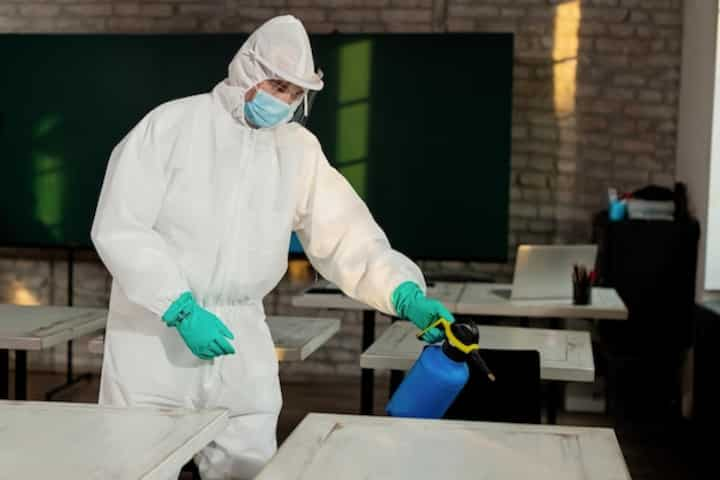
Effective Black Mold Clean Up Cost How to Remove Mold Safely
Black mold, a common household menace, can pose serious health risks if not addressed promptly and effectively. It thrives in damp, humid environments, making basements, bathrooms, and kitchens prime targets. The presence of black mold is not only unsightly but also potentially harmful, as it can cause respiratory issues and allergic reactions in sensitive individuals. Understanding the costs and processes involved in black mold clean up is crucial for homeowners and property managers alike. This article will explore the effective methods for removing mold safely, along with the associated costs, ensuring a comprehensive understanding of this important issue.
Understanding the Cost of Black Mold Clean Up
The cost of black mold clean up can vary significantly depending on several factors. These include the extent of the mold infestation, the location of the mold, and the method of remediation chosen. Generally, the cost can range from a few hundred to several thousand dollars. It is important to consider the following factors when estimating costs:
- Size of the Infestation: Larger areas with extensive mold growth will require more resources and labor, leading to higher costs.
- Location: Mold located in hard-to-reach places, such as behind walls or under flooring, can increase the complexity and cost of removal.
- Type of Mold: While black mold is one of the more toxic varieties, other types may also require specialized treatment.
- Professional Assistance: Hiring professionals for mold remediation can ensure thorough removal but will increase the overall cost.
For a more detailed breakdown of costs, read more about this topic.
Steps for Safe Black Mold Removal
Assessment and Containment
Before beginning any mold removal process, it is crucial to conduct a thorough assessment of the affected area. This helps in determining the extent of the problem and planning the necessary steps for containment. Containment is vital to prevent the spread of mold spores to other areas of the property. This can be achieved by sealing off the affected area with plastic sheeting and using negative air pressure to keep spores from escaping.
Removal and Cleaning
Once the area is contained, the actual removal process can begin. Here are the steps typically involved in mold removal:
- Personal Protective Equipment (PPE): Individuals involved in mold removal should wear appropriate PPE, including gloves, masks, and eye protection, to safeguard against mold exposure.
- Removing Damaged Materials: Any materials that are heavily infested with mold, such as drywall, carpeting, and insulation, should be carefully removed and disposed of.
- Cleaning and Disinfection: Surfaces should be cleaned with soap and water followed by a disinfectant to kill any remaining mold spores.
For a comprehensive guide on safe mold removal practices, explore further insights here.
Preventing Future Mold Growth
Preventing mold from returning is as important as removing it. Effective prevention strategies include:
- Controlling Moisture: Fix any leaks or sources of moisture promptly to prevent mold from thriving again.
- Improving Ventilation: Ensure proper ventilation in areas prone to dampness, like bathrooms and kitchens.
- Regular Inspections: Conduct routine inspections of areas susceptible to mold to catch any growth early.
To find additional information on mold prevention strategies, find additional information here.
Conclusion
Dealing with black mold requires a comprehensive approach that includes understanding the costs, employing effective removal techniques, and implementing preventative measures. By addressing these aspects, homeowners can safeguard their properties and health. When in doubt, consulting with mold remediation professionals is advisable to ensure a safe and thorough cleanup. For more information on mold remediation services and costs, learn more in this detailed guide.